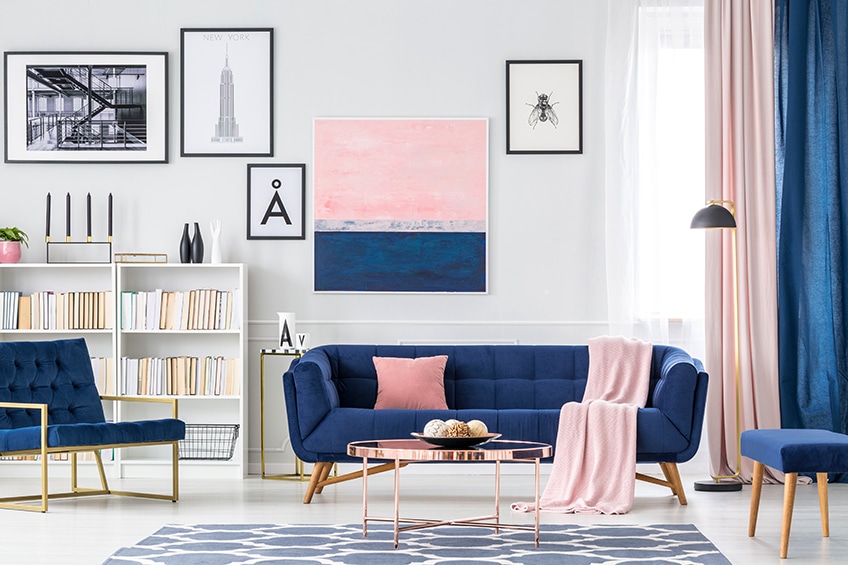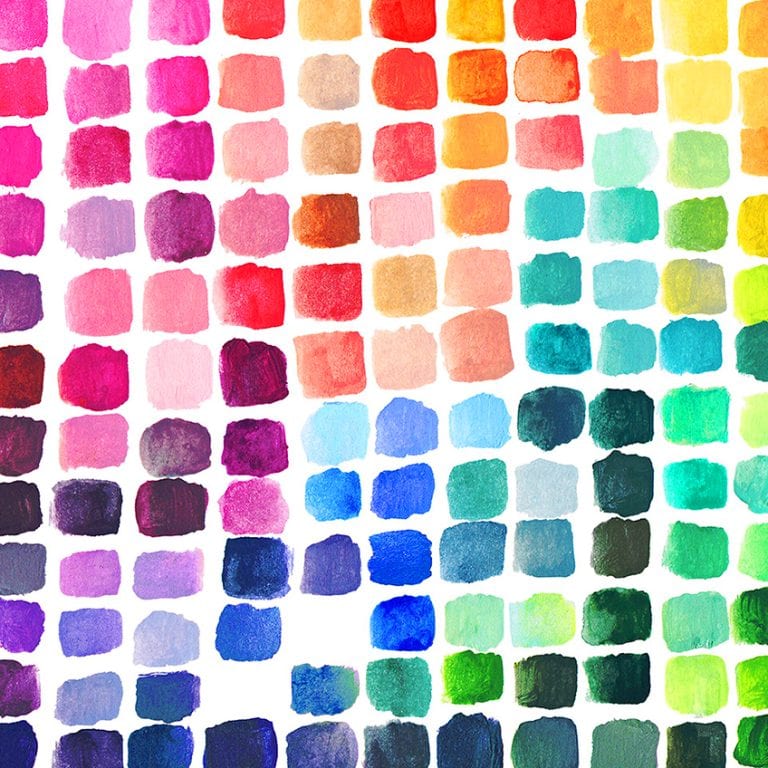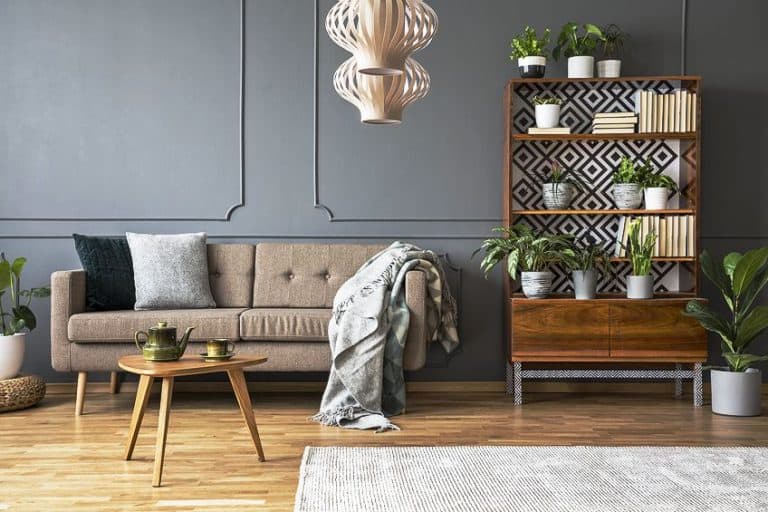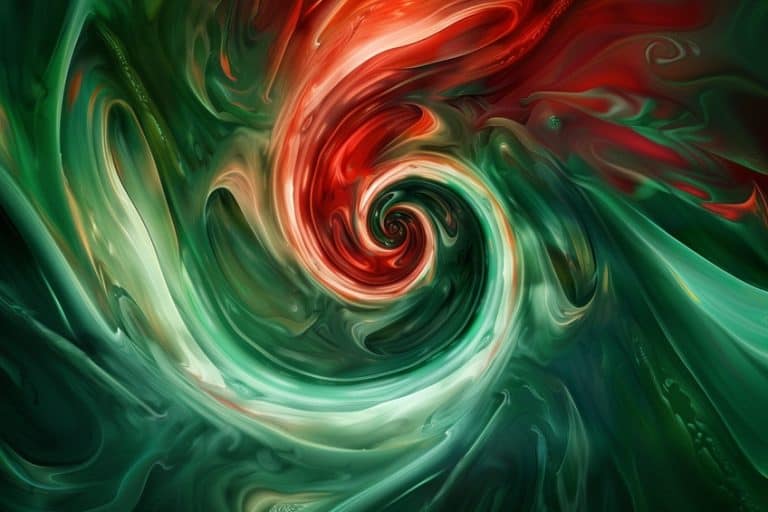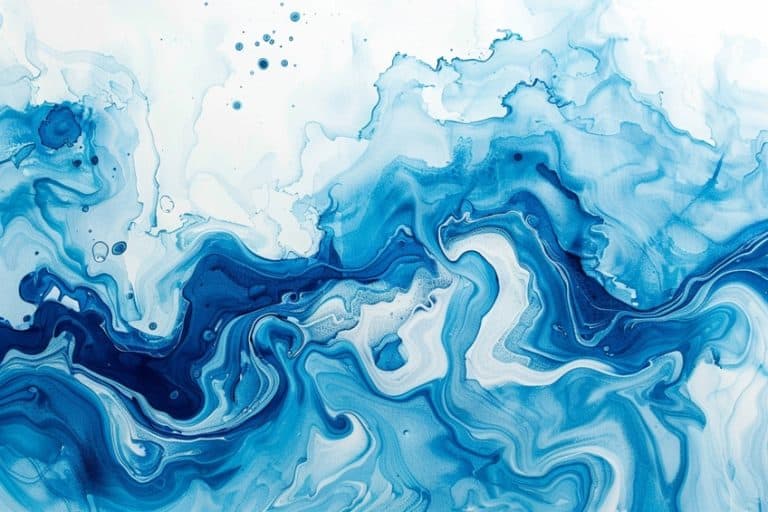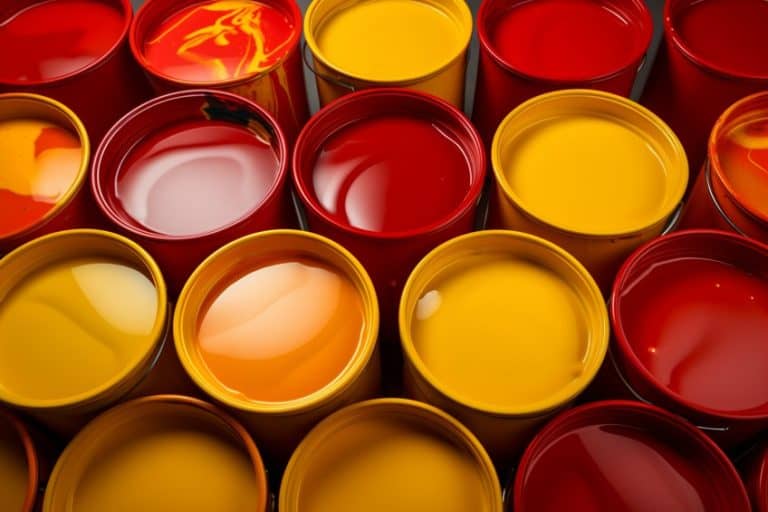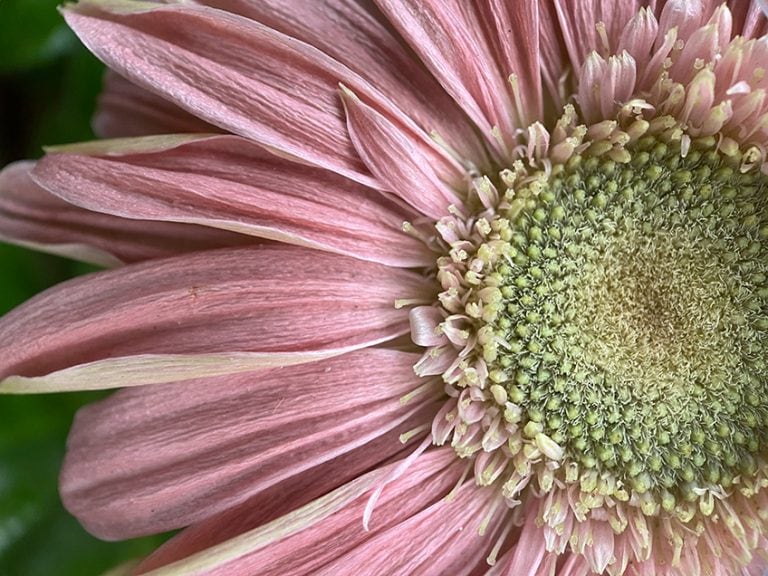Cobalt Blue Color – History, Shades and Color Combinations
If blue is your favorite color, then you should take a closer look at cobalt blue to see if this will become your new preferred color, as it is such a vibrant and mesmerizing shade. There are some interesting facts about this amazing color, which we will be covering in this article, as well as how to make cobalt blue and what colors go with cobalt blue.
What Is Cobalt Blue?
The cobalt blue color can be described as being a vibrant and darker shade of blue. The highly saturated bright cobalt blue is a little lighter than navy blue, but it is darker than sky blue. The cobalt blue pigment is made by applying heat and pressure, also known as sintering, to cobalt oxide and aluminum oxide. The resultant bright cobalt blue pigment is considered toxic and is also not very eco-friendly and synthesizing alternatives that are less toxic and similar in color, has been challenging. However, there are safe paints used today that can imitate the cobalt blue color.
| Cobalt Blue Shade | Cobalt Blue Hex Code | CMYK Cobalt Blue Color Code (%) | RGB Cobalt Blue Color Code | Cobalt Blue Color |
| Cobalt Blue | #0047ab | 100, 58, 0, 33 | 0, 71, 171 | |
| Navy Blue | #000080 | 100, 100, 0, 50 | 0, 0, 128 | |
| Sky Blue | #87ceeb | 43, 12, 0, 8 | 135, 206, 235 |
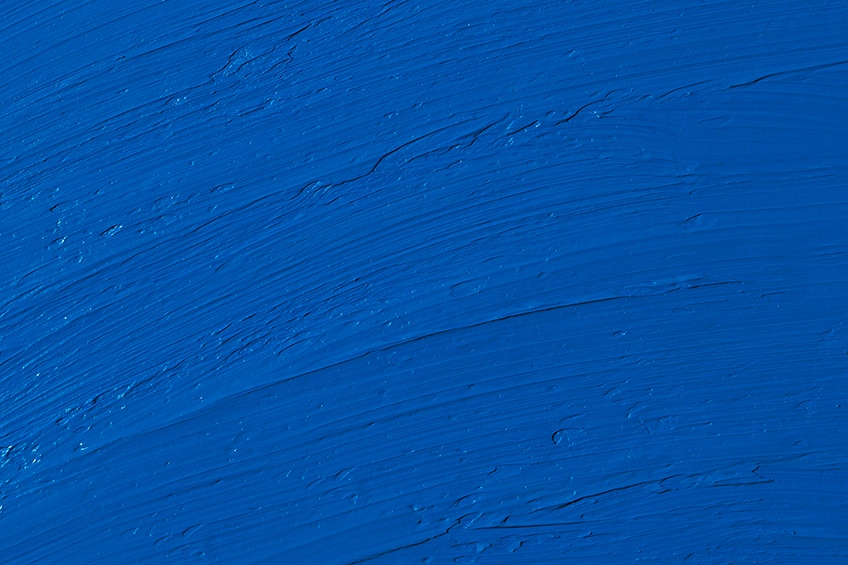
Cobalt Blue Color: A Brief History
One of the main metals we have mined over the years is silver, and we have created some amazing jewelry and other items with it. However, in the past, other metals could also be mistaken for silver in the mining process. When these imitation silver metals were melted down, they released toxic chemicals, which were dangerous to inhale.
This is where the name cobalt blue originated. In Germany, medieval miners used the term Kobold, which was a type of malicious spirit, that they believed replaced the real silver with this toxic silver substitute. This then became known as cobalt, which was eventually recorded as a color name in the late 18th century.
The cobalt blue pigment is a color that has been utilized for a long time by various cultures, for example, to color Chinese porcelain and ceramics. Since the Middle Ages, there has also been cobalt blue smalt, which is powdered glass that contains cobalt oxide. This particular cobalt blue pigment was more affordable than ultramarine blue, which was expensive and derived from lapis lazuli. However, even though it was cheaper, it did have a tendency to turn an ugly grayish-green, when too much oil was added to it when painting.
In the 19th century, a French chemist by the name of Louis Jacques Thénard came up with the cobalt blue pigment that was a combination of cobalt oxide and aluminum oxide, and entirely alumina-based pigment. This blue cobalt pigment was more stable and lightfast than previous versions. This pigment then was commercially produced by various manufacturers. Artists over the years have used the cobalt blue color in their paintings. In the early 19th century, the watercolorist, John Varley, incorporated cobalt blue instead of ultramarine blue into his paintings. He saw it as a better alternative to ultramarine blue because of its superior intensity and contrast.
Other artists including Claude Monet, Pierre-Auguste Renoir as well as Vincent Van Gogh, all used the pigment instead of the more expensive ultramarine pigment. A famous American artist in the late 19th century and early 20th century, Maxfield Parrish, gained praise for his use of the cobalt blue color that is sometimes also referred to as Parrish Blue.
- La Yole (The Skiff) (1875) by Pierre-Auguste Renoir
- Starry Night Over the Rhône (1888) by Vincent Van Gogh
- Griselda (1910) by Maxfield Parrish
Meaning of the Cobalt Blue Color
Even though the cobalt blue color is quite a strong blue, it still has calming and peaceful properties. The color is associated with nature, the sky as well as the ocean or water, which makes the association with relaxation so much stronger. Some negative associations include nervousness and unpredictability.
Blue, in general, is a cool color and is considered approachable and trustworthy but it is also an authoritative color. The deeper blue color does project a more luxurious and rich feeling. Other attributes include the following:
- Productivity
- Uniqueness
- Uplifting
- Energetic
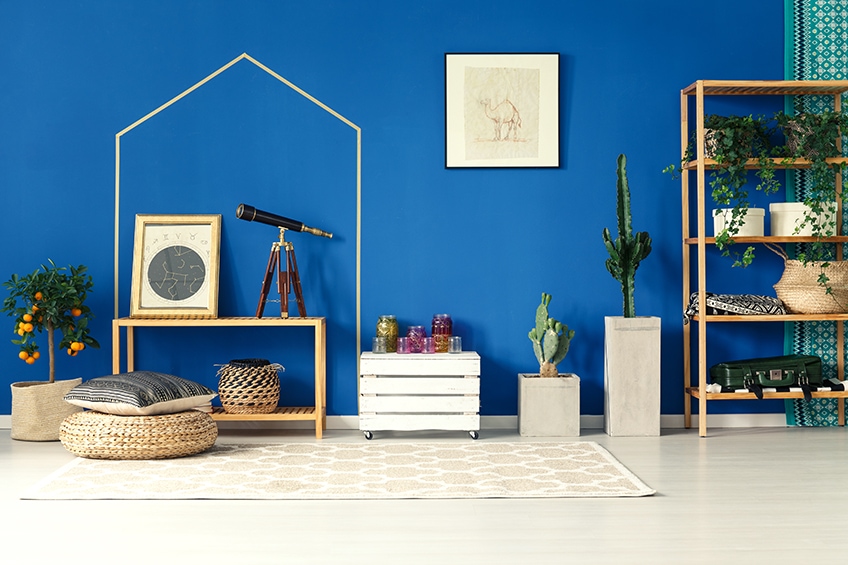
Cobalt Blue Color Tones
There are various shades of cobalt blue you can find that represent the colors on websites as well as for printing purposes. These colors are identified by their hex codes as well as their color codes for screen images, which is the RGB color model, and for printing purposes, which is the CMYK color model. The different cobalt blue color tones range from darker to lighter and brighter versions of the original cobalt blue.
| Cobalt Blue Shade | Cobalt Blue Hex Code | CMYK Cobalt Blue Color Code (%) | RGB Cobalt Blue Color Code | Cobalt Blue Color |
| Dark Cobalt Blue | #3d59ab | 64, 48, 0, 33 | 61, 89, 171 | |
| Light Cobalt Blue | #6666ff | 60, 60, 0, 0 | 102, 102, 255 | |
| Stained Glass Blue | #2e37fe | 82, 78, 0, 0 | 46, 55, 254 |
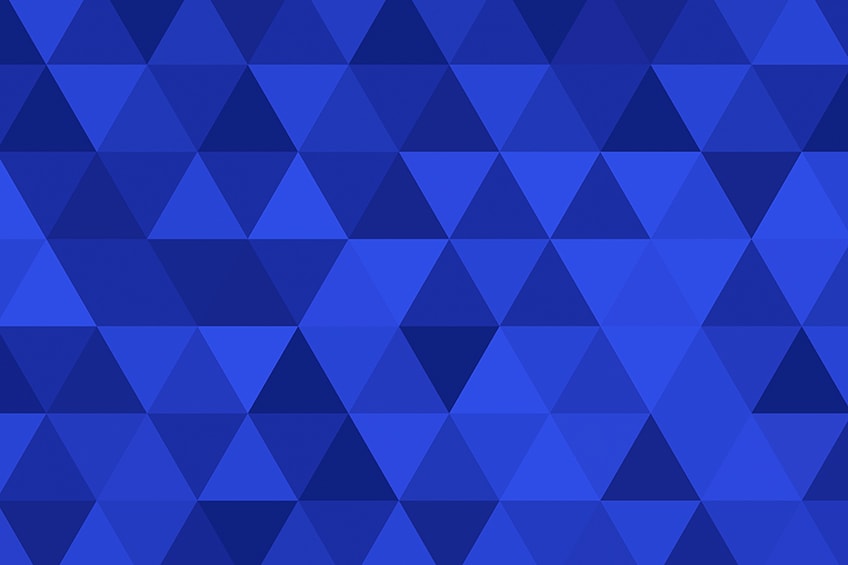
Other Cobalt Colors
Besides the cobalt blue color, there are also a few alternative cobalt colors. These colors can usually be found in oil paints along with watercolors. The colors range from a variety of green to violet, turquoise, and yellow.
| Cobalt Blue Shade | Cobalt Blue Hex Code | CMYK Cobalt Blue Color Code (%) | RGB Cobalt Blue Color Code | Cobalt Blue Color |
| Cobalt Green | #51bd96 | 57, 0, 21, 26 | 81, 189, 150 | |
| Cobalt Violet | #91219e | 8, 79, 0, 38 | 145, 33, 158 | |
| Cobalt Turquoise | #00a9ae | 100, 3, 0, 32 | 0, 169, 174 | |
| Cobalt Yellow | #fdee00 | 0, 6, 100, 1 | 253, 238, 0 |
What Colors Go With Cobalt Blue?
When deciding on what colors go with cobalt blue, you need to look at color theory and the color wheel. This can help you determine the most suitable color combinations for cobalt blue. There are several color combinations, and we will be looking at a few below, but cobalt blue also goes well with neutral colors like white, gray, and beige.
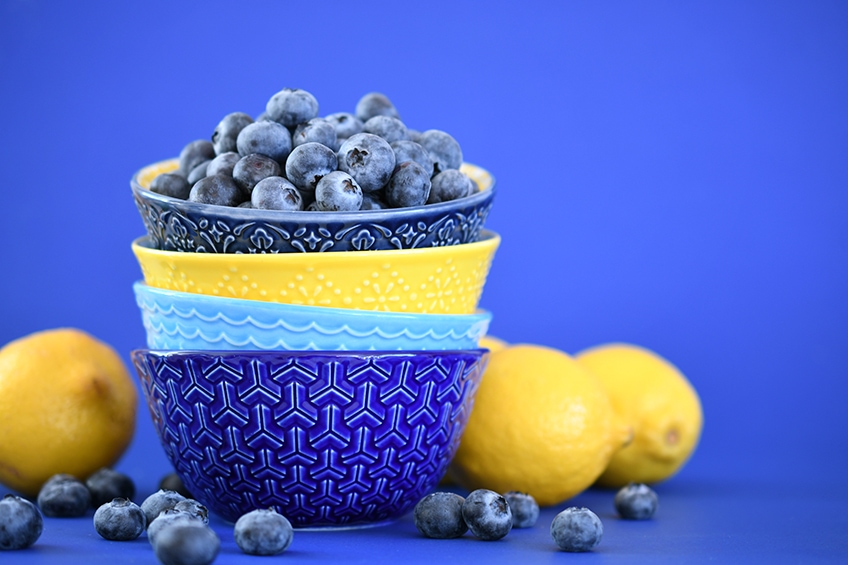
Complementary Color Combinations
On the color wheel, lining up directly opposite cobalt blue is a dark orange, and this is what complements cobalt blue. This means, when placed near one another, both colors make each other stand out. Complementary colors are usually both strong colors, so they should be used carefully so as not to be overwhelming.
| Cobalt Blue Shade | Cobalt Blue Hex Code | CMYK Cobalt Blue Color Code (%) | RGB Cobalt Blue Color Code | Cobalt Blue Color |
| Cobalt Blue | #0047ab | 100, 58, 0, 33 | 0, 71, 171 | |
| Dark Orange | #ab6400 | 0, 42, 100, 33 | 171, 100, 0 |
Monochromatic Color Combinations
This color combination is quite simple and involves a single color like cobalt blue, but you have various tones of this particular color. So, you have lighter and darker versions of cobalt blue. These colors are more constant and do not offer the contrast that complementary colors do.
| Cobalt Blue Shade | Cobalt Blue Hex Code | CMYK Cobalt Blue Color Code (%) | RGB Cobalt Blue Color Code | Cobalt Blue Color |
| Cobalt Blue | #0047ab | 100, 58, 0, 33 | 0, 71, 171 | |
| Pale Blue | #abceff | 33, 19, 0, 0 | 171, 206, 255 | |
| Dark Blue | #00275f | 100, 59, 0, 63 | 0, 39, 95 |
Analogous Color Combinations
These are also more uniform in color as this color combination involves colors on the same side of the color wheel. So, the colors are close to one another, and again, do not form a contrast. Since blue is a cool color, the color combination should also include other cool colors like other shades of blue as well as green.
| Cobalt Blue Shade | Cobalt Blue Hex Code | CMYK Cobalt Blue Color Code (%) | RGB Cobalt Blue Color Code | Cobalt Blue Color |
| Cobalt Blue | #0047ab | 100, 58, 0, 33 | 0, 71, 171 | |
| Dark Blue | #0f00ab | 91, 100, 0, 33 | 15, 0, 171 | |
| Dark Cyan | #009dab | 100, 8, 0, 33 | 0, 157, 171 |
Triadic and Tetradic Color Combinations
These color combinations move into three and four-color combinations. The triadic colors involve three colors that form a shape of a triangle with equal sides on the color wheel. These, like complementary colors, are contrasting in nature. Tetradic color combinations are four colors, which form a square or rectangle on the color wheel and are also contrasting. Below is the triadic color combination for cobalt blue.
| Cobalt Blue Shade | Cobalt Blue Hex Code | CMYK Cobalt Blue Color Code (%) | RGB Cobalt Blue Color Code | Cobalt Blue Color |
| Cobalt Blue | #0047ab | 100, 58, 0, 33 | 0, 71, 171 | |
| Dark Green | #47ab00 | 58, 0, 100, 33 | 71, 171, 0 | |
| Dark Pink | #ab0047 | 0, 100, 58, 33 | 171, 0, 71 |
How to Make Cobalt Blue Paint
When learning to paint, you have to understand color theory and mixing colors. Many of the paint kits you get include a few of the basic paint colors. To create cobalt blue, you will need ultramarine blue and turquoise blue. You will also need paintbrushes, and water or an appropriate thinner if oil paints.

You can use mixing containers to mix the colors and make sure you document the various blends you make. Place some of each paint in a separate mixing container and thin a little with water or thinner. The paint should be at a consistency that is easy to blend and paint with.
Place three parts of the ultramarine paint and one part of turquoise into another mixing container. Mix thoroughly and place on a piece of test paper and allow to dry. Inspect the color and adjust if necessary. Add more turquoise blue if it is too dark or more ultramarine blue if it is too light. When using acrylic paints, you can try using equal parts ultramarine blue and cerulean blue. Of course, you can also simply purchase an already-made cobalt blue paint in the tube.
Using Cobalt Blue in Design
Cobalt blue is quite a popular color in fashion and is used to make clothing as well as accessories. Blue is a confidant and trustworthy color, so it is also a popular color in graphic design, and cobalt blue is often included in color palettes. Cobalt blue is also becoming a more popular color in homes and businesses.
Since it is a calming color, cobalt blue can easily be used in bedrooms and living areas. The color combined with the use of wooden furniture or flooring is also an ideal choice, which can also be incorporated into a kitchen space. Even a bathroom space can benefit from a few cobalt blue accessories.
If you want to go bold, you can use the cobalt color as your main color, but you can also successfully use it as an accent color for a more subtle effect. Larger rooms would do best if you want to paint the interior walls cobalt blue.
However, if you do have a smaller room, you can choose an accent wall and paint it cobalt blue. This would work even better if the wall were facing a window to brighten up the space. To some, it might be a bit much, but you can bring in cobalt furniture or couches, to create a more modern look.
Cobalt blue, combined with more neutral tones like gray and adding golden color accessories, can create a beautiful and elegant look. Adding cobalt blue as an accent color is a great idea if you just want to add that pop of color. This can be done through colored pillows, throws, and other accessories.
Conclusion
Cobalt blue is a mysterious and vibrant color that is versatile and is used in many different ways. You can use the cobalt blue color in paintings, as a fashion statement, in your next website design, or as an added pop of color in your bedroom.
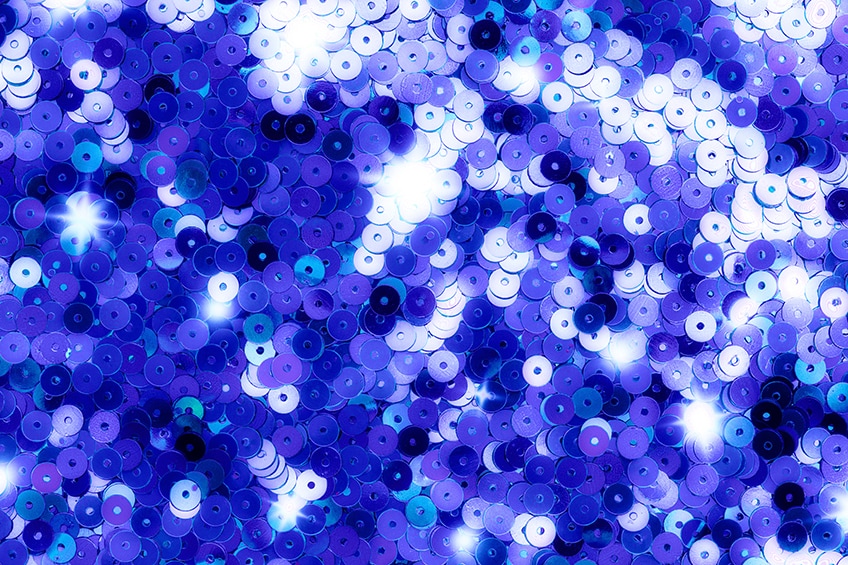
Frequently Asked Questions
What Is Cobalt Blue?
There is the cobalt blue pigment and the color you get on computer screens. Both can be described as being medium blue which is lighter than navy blue. The color is quite vibrant and highly saturated.
What Color Is Similar to Cobalt Blue?
The closest color to cobalt blue is ultramarine blue pigment. The main difference between the two is that cobalt blue is a cool color, while the ultramarine color is warmer.
What Colors Go With Cobalt Blue?
Cobalt blue can go well with a lot of colors but works especially well with neutral colors like white, gray, and beige. To add more warmth, it also can work well with dusty pink, yellow, or shades of gold.
In 2005, Charlene completed her Wellness Diplomas in Therapeutic Aromatherapy and Reflexology from the International School of Reflexology and Meridian Therapy. She worked for a company offering corporate wellness programs for a couple of years, before opening up her own therapy practice. It was in 2015 that a friend, who was a digital marketer, asked her to join her company as a content creator, and this is where she found her excitement for writing.
Since joining the content writing world, she has gained a lot of experience over the years writing on a diverse selection of topics, from beauty, health, wellness, travel, and more. Due to various circumstances, she had to close her therapy practice and is now a full-time freelance writer. Being a creative person, she could not pass up the opportunity to contribute to the Art in Context team, where is was in her element, writing about a variety of art and craft topics. Contributing articles for over three years now, her knowledge in this area has grown, and she has gotten to explore her creativity and improve her research and writing skills.
Charlene Lewis has been working for artincontext.org since the relaunch in 2020. She is an experienced writer and mainly focuses on the topics of color theory, painting and drawing.
Learn more about Charlene Lewis and the Art in Context Team.
Cite this Article
Charlene, Lewis, “Cobalt Blue Color – History, Shades and Color Combinations.” Art in Context. November 4, 2022. URL: https://artincontext.org/cobalt-blue-color/
Lewis, C. (2022, 4 November). Cobalt Blue Color – History, Shades and Color Combinations. Art in Context. https://artincontext.org/cobalt-blue-color/
Lewis, Charlene. “Cobalt Blue Color – History, Shades and Color Combinations.” Art in Context, November 4, 2022. https://artincontext.org/cobalt-blue-color/.


